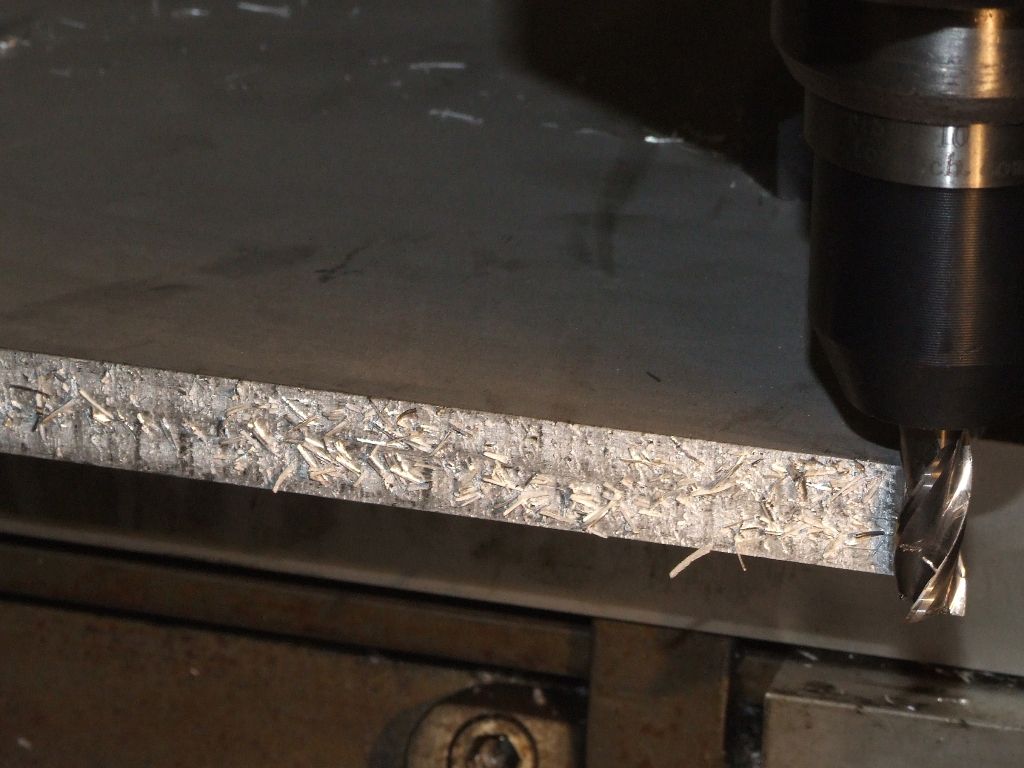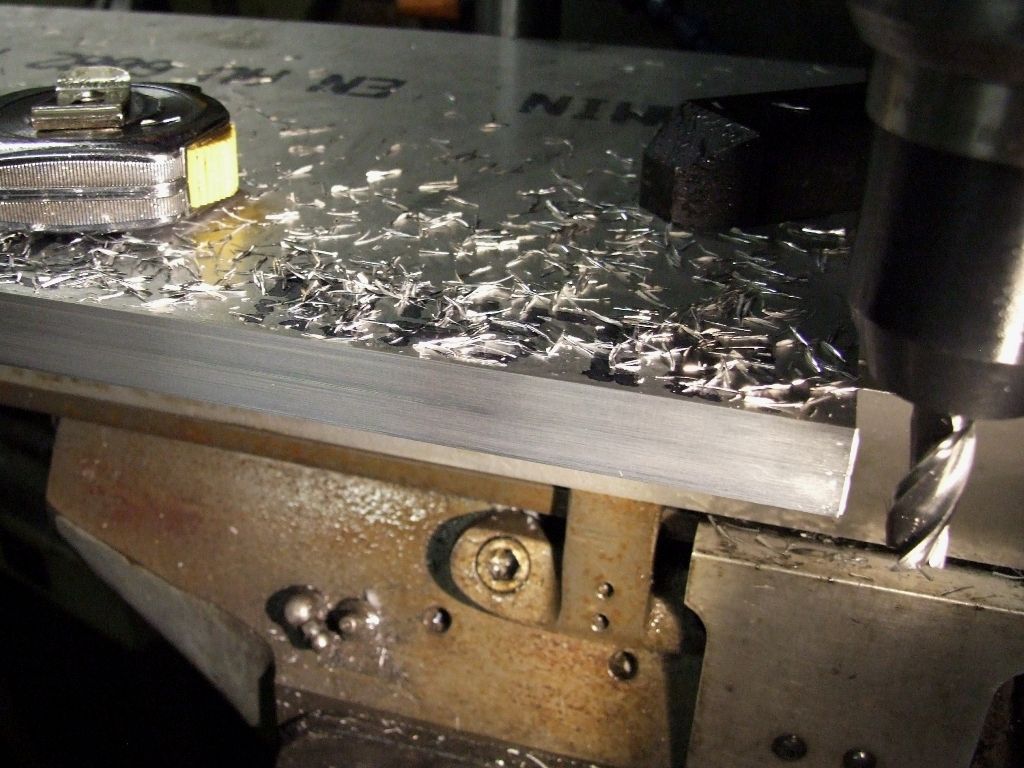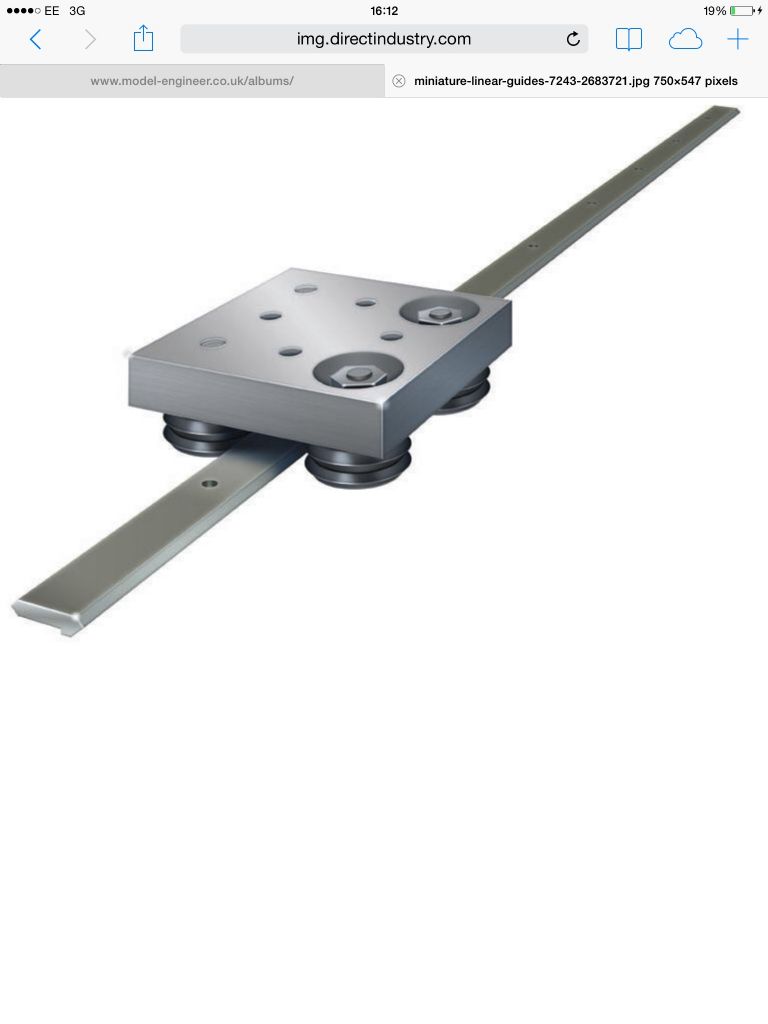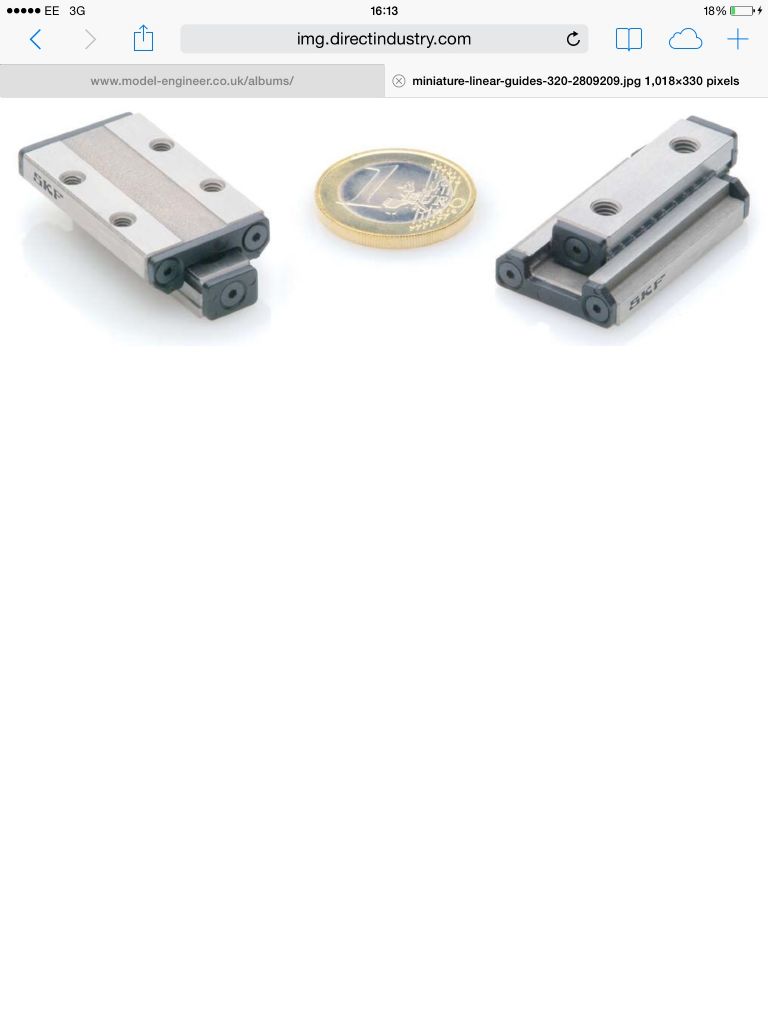Andrews post raised a good example though.
OK he's got a Bridgeport but I rate these only one step up from an X1 as regards rigidity unless you have the deluxe model with high tensile licorice column.
His first pic was conventional milling with a 1mm width of cut, last pic was same operation i.e conventional but with width reduce to 0.5mm and a tad of knacker lacquer which as everyone knows adds lustre to your cluster.
Speed stayed the same. The enemy of machining is usually speed because at some point the surface feet per minute exceeds the cutter material limits, using carbide can and does increase these levels as does increasing the size of cutter which also has the effect of increasing the surface speed.
However on HSS in alloy it's very hard to exceed these in a soft material. Guessing this cutter belonging to the OP is 5mm then max speed in alloy for HSS is close to 4,000 rpm, a speed most hobby machines can't do.
This is why I based my advise on run fast but small cuts, a strategy that Andrews results show advantages.
Recutting of chips is a problem and whilst it can be helped by speed and feed the real answer is to get them out of the way. It's like walking thru a mine field, it can be done but slowly, now if there were no mines you could run thru.
Chips are a problem, deal with them and move on to the next problem, don't try to compensate for a known problem.
On the scale we are talking here, X1, X2, WM14 etc, sized machines and speeds involved a decent vacuum cleaner will do the job as well as an air line.
Andy Bladen 1.











